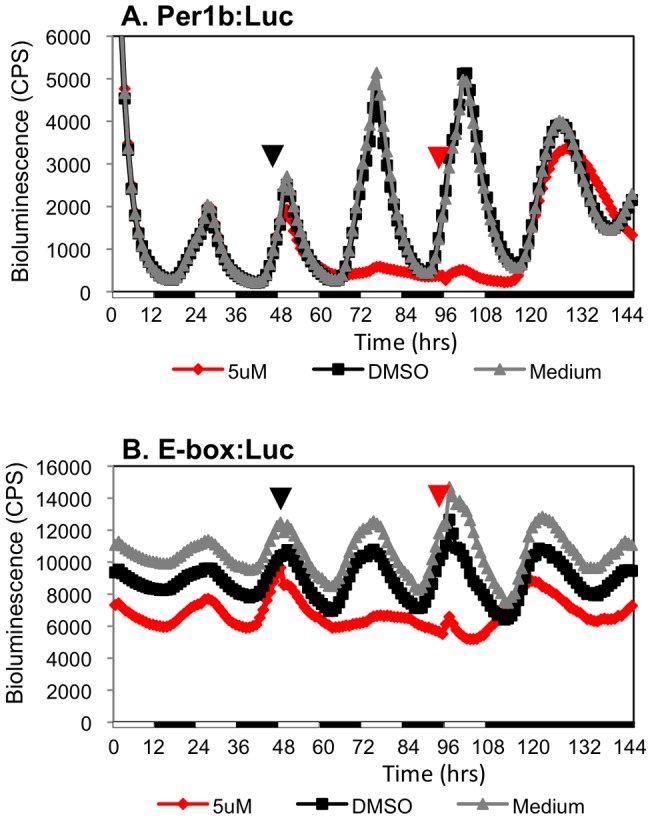Figure 2. The effect of CK1δ -inhibition on peripheral circadian clocks is reversible.

Bioluminescence assay of cells transfected with per1b:Luc (A) and Ebox:Luc (B). Cells were maintained under LD cycles, and then the inhibitor, PF-670462 (5 μM), was added to the cell culture 1.5 h before lights on (black arrows). Cells were maintained in LD conditions for 2 days after which the inhibitor was washed away 3.5 h before lights on (red arrows). After one LD cycle for re-entrainment, the cells were transferred to constant darkness for 24 h. Control cells were treated with DMSO. Bioluminescence is plotted on the y-axis and time (hours) on the x-axis. White/black bars show the light and dark periods, respectively. The clock-controlled rhythmic promoter activity reappeared immediately following removal of the inhibitor. Thus the effects of CK1δ inhibition are reversible.
